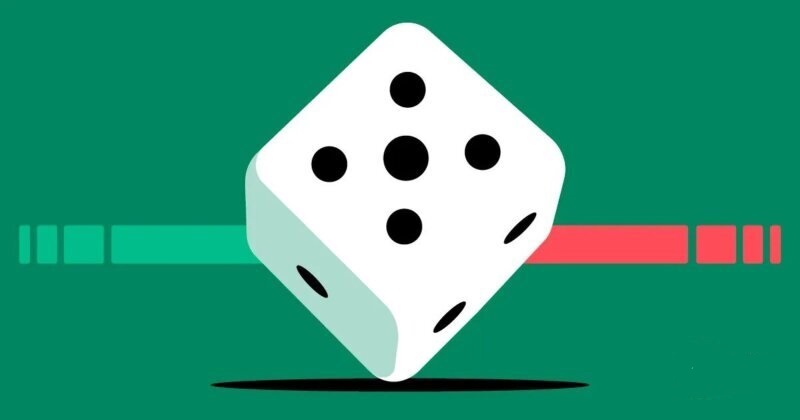
Dice Dynamics: Mastering The Throw for a Winning Streak
Dice games have been an integral part of human history, providing entertainment across cultures and ages. As simple as these six-sided objects may seem, they carry a depth of strategy, skill, and a dash of luck. Whether you’re a newbie to dice games or a seasoned player, refining your skills and understanding dice dynamics can give you a significant edge.
Our guide takes a deep dive into the advanced techniques and strategies to help you turn the odds in your favor, ensuring that your next throw is not just a game of chance but a calculated move towards victory.
The Science Behind the Throw
Contrary to popular belief, the throw in dice games isn’t just about luck. It’s a blend of physics, technique, and strategy. The way you hold, roll, and release the dice can significantly influence the outcome.
Studies have shown that a consistent throwing pattern can lead to predictable results. While it’s impossible to guarantee a particular outcome, understanding the physics of the throw can certainly improve your odds.
Reading the Game & Opponents
While dice games largely revolve around the throw, a big part of the strategy lies in reading the game’s progression and understanding your opponents’ moves. Anticipating their next move based on their past throws and game strategy can be crucial in games like Craps or Liar’s Dice.
Being observant helps you adjust your strategy on the fly, ensuring you’re always one step ahead. Just as in poker, sometimes the game is less about the cards (or dice) you have and more about playing the player.
Perfecting Your Grip & Release
The Standard Grip
Hold the dice between your thumb and index finger, ensuring a firm yet not too tight grip. This allows for a controlled throw, reducing the randomness of the outcome.
The Precision Grip
For those looking for a more calculated throw, holding the dice between the thumb and the index and middle fingers allows for better control, especially when aiming for a specific number.
Release Consistency
Ensure that your release point is consistent. A higher release gives the dice more time to turn, while a lower release limits their rotation. Practice different release heights to find your sweet spot.
Wrist Action
It’s not just about the fingers. The wrist’s flick can influence the dice’s spin, affecting the outcome. A steady wrist ensures a more predictable throw, while a rapid flick can randomize it.
Surface Impact
Understand the surface you’re playing on. Softer surfaces absorb the dice’s impact, limiting their roll, while harder surfaces can make the dice bounce and turn more.

Mental Mastery & Game Psychology
Remaining calm and composed, even in high-stakes situations, can significantly influence the game. Being mentally present allows for better decision-making, ensuring you don’t make impulsive throws or decisions.
Similarly, understanding game psychology helps you remain unpredictable. If opponents cannot anticipate your next move, you have an edge, ensuring they’re always playing catch-up.
Practice & Consistency: The Key to Mastery
No amount of theory can replace hands-on practice. The more you play, the better you understand the dice dynamics, improving your game with each throw. Setting aside dedicated practice time, either solo or with friends, can significantly refine your skills.
Lastly, remember that while strategies and techniques are essential, dice games also have a luck element. Enjoy the process, learn from each game, and always aim for consistency in your throws and strategies.
